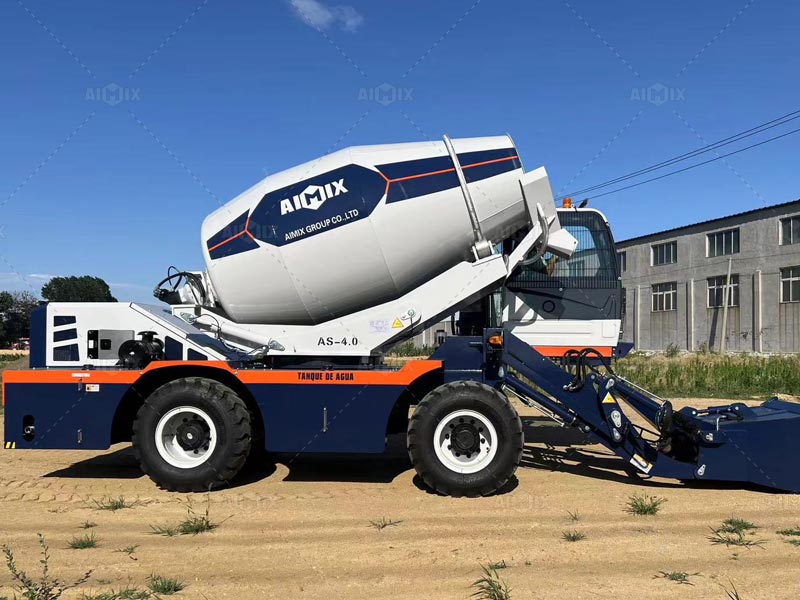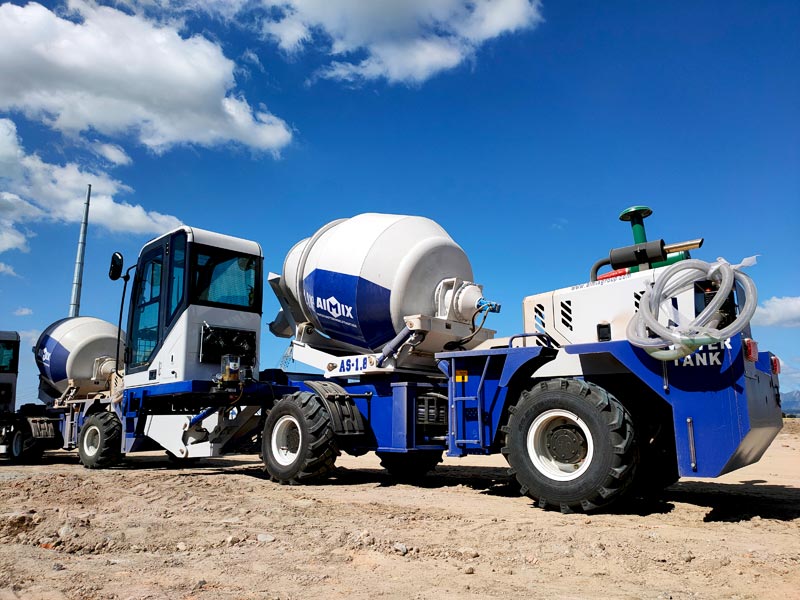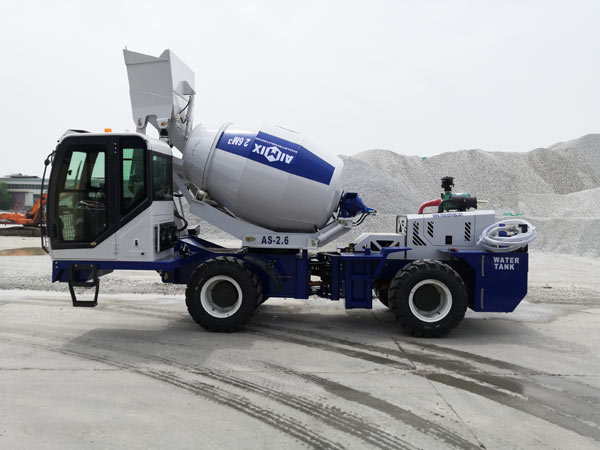The concrete industry faces a pivotal challenge: reducing carbon emissions. Adapting to low-carbon concrete mixes is essential for future-proofing. This shift impacts self loading, mobile, small, and portable concrete mixers.

Understanding Low-Carbon Concrete Mixes
Low-carbon concrete mixes reduce carbon dioxide emissions. They replace traditional cement with eco-friendly alternatives. These mixes maintain structural integrity while lessening environmental impact.
Manufacturers use materials like fly ash and slag. These materials decrease reliance on cement. They also utilize carbon capture technologies to trap emissions during production.
Adopting low-carbon mixes provides environmental and economic benefits. It aligns with global sustainability goals and enhances industry reputation. Customers increasingly demand eco-friendly solutions, making this transition vital.
Impact on Self Loading Concrete Mixers
The self loading concrete mixer benefits from low-carbon mixes. These mixers enhance efficiency and reduce labor costs. Incorporating eco-friendly materials improves their environmental footprint.
Manufacturers focus on optimizing mixer designs. They aim to maximize the benefits of low-carbon mixes. This optimization leads to better performance and reduced emissions.
Customers gain from these advancements. They receive mixers that align with sustainability goals. These mixers offer high efficiency without compromising quality.

Adapting Mobile Concrete Mixers to New Mixes
Mobile concrete mixers face unique challenges with low-carbon mixes. Mobility demands durability and adaptability. Manufacturers must ensure the mobile concrete mixer can handle new materials effectively.
Innovative designs play a crucial role. Manufacturers explore new configurations to enhance strength and flexibility. These designs enable mixers to work efficiently with low-carbon mixes.
Customers benefit from these innovations. Mobile mixers provide reliable performance in diverse environments. They support projects with strict environmental standards.
Small Concrete Mixers and Environmental Adaptation
The small concrete mixer also adapts to low-carbon mixes. These mixers are popular for residential and small-scale projects. Incorporating eco-friendly materials enhances their appeal.
Manufacturers explore lightweight designs. They prioritize materials that reduce emissions and improve efficiency. These efforts ensure mixers remain competitive and sustainable.
Customers appreciate these changes. They receive high-quality mixers tailored to their needs. These mixers deliver performance while supporting environmental objectives.

Portable Concrete Mixers and Future Trends
Portable concrete mixers represent flexibility and convenience. Adapting them to low-carbon mixes enhances their value. Manufacturers focus on lightweight and durable designs.
Technology plays a key role in this adaptation. Advanced mixing techniques improve efficiency and reduce waste. These techniques optimize the use of low-carbon materials.
Customers benefit from a portable concrete mixer tailored to modern needs. They enjoy the versatility and eco-friendly nature of these mixers. This adaptability supports various projects and sustainability goals.
Challenges in Transitioning to Low-Carbon Mixes
The transition to low-carbon mixes presents challenges. Manufacturers must balance cost, performance, and sustainability. Research and development require significant investment.
Training and education are crucial. Workers need knowledge and skills to handle new materials effectively. Manufacturers invest in training programs to ensure successful adaptation.
Regulatory compliance is another concern. Low-carbon mixes must meet industry standards and regulations. Manufacturers work closely with authorities to ensure compliance.
Strategic Approaches for Manufacturers
Manufacturers adopt strategic approaches to transition successfully. Collaboration with material suppliers enhances access to eco-friendly resources. These partnerships drive innovation and sustainability.
Investing in research and development is essential. Manufacturers explore new technologies and materials. They prioritize solutions that optimize low-carbon mixes.
Flexibility in production processes supports adaptation. Manufacturers adjust operations to accommodate new materials. This flexibility enhances responsiveness to market demands.
Customer Considerations in Low-Carbon Adaptation
Customers should consider several factors when choosing mixers. Evaluating mixer performance with low-carbon materials is important. Quality and efficiency are key considerations.
Understanding environmental benefits enhances decision-making. Low-carbon mixers support sustainability goals. Customers can align their projects with eco-friendly initiatives.
Budgeting for advanced mixers is crucial. While costs may vary, investing in quality pays off. Customers should weigh initial costs against long-term benefits.
Conclusion
Adapting to low-carbon concrete mixes is vital for future-proofing the industry. This transition impacts self loading, mobile, small, and portable concrete mixers.
Manufacturers and customers must navigate challenges and opportunities. Strategic approaches and innovative designs drive success.
Understanding low-carbon mixes enhances industry sustainability. Collaboration and investment ensure smooth adaptation.
Ultimately, embracing eco-friendly solutions benefits manufacturers, customers, and the environment. This transition supports a sustainable and successful future for the concrete industry.